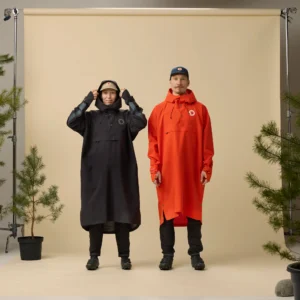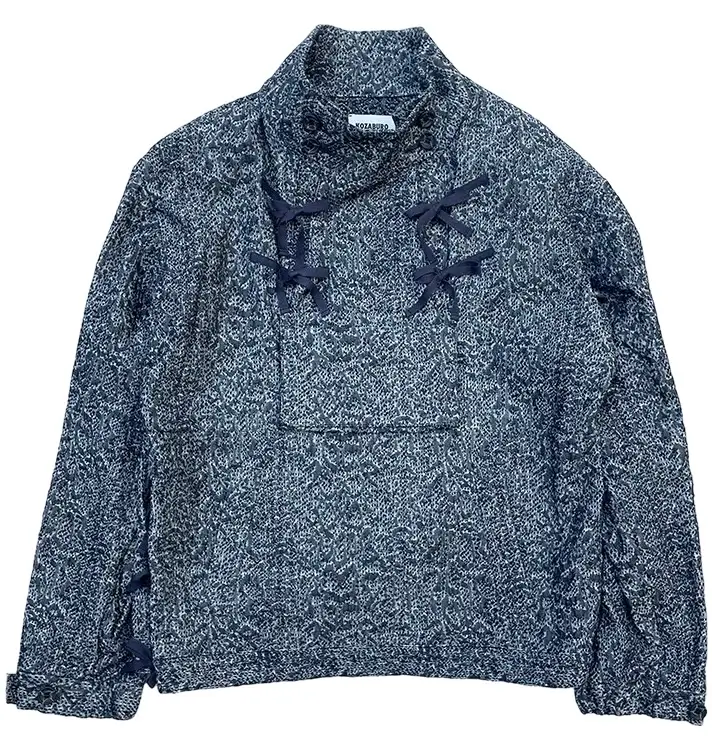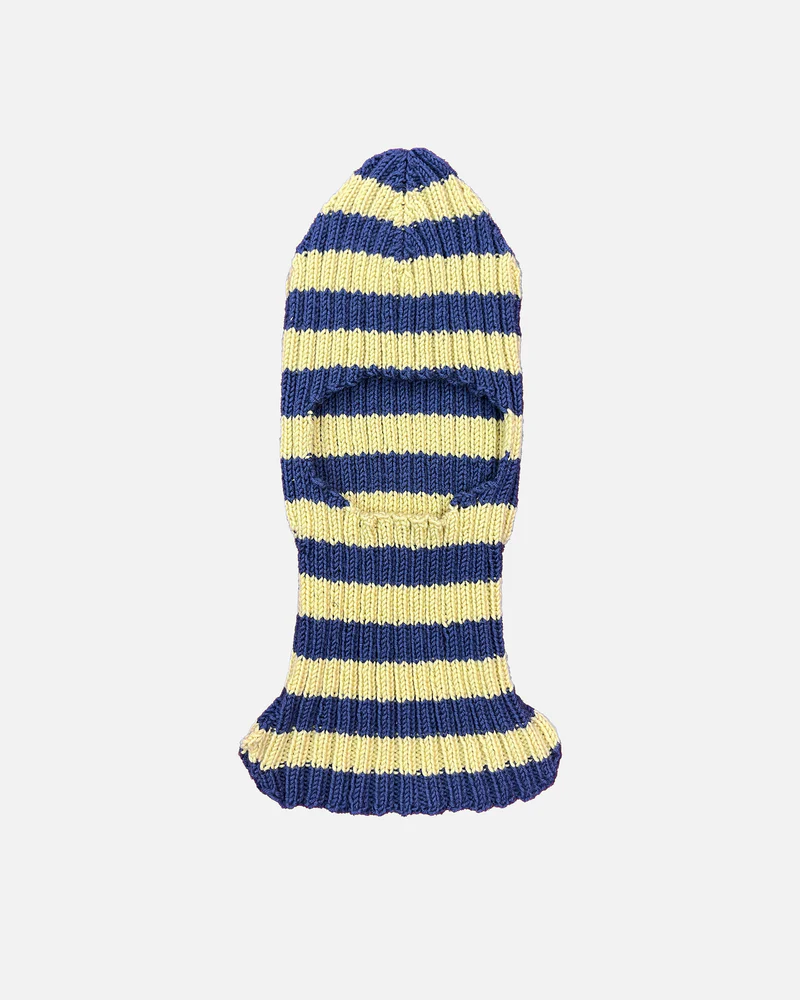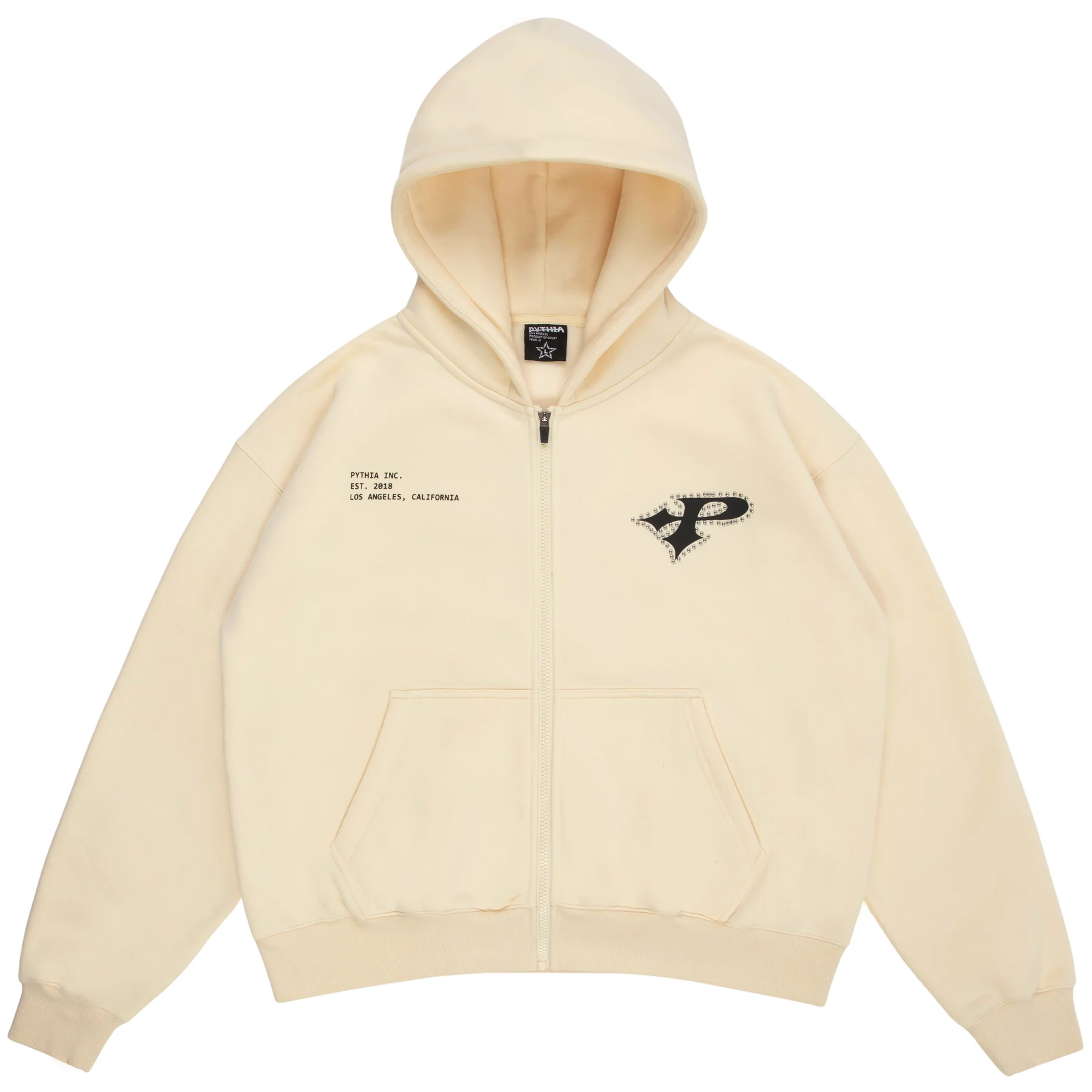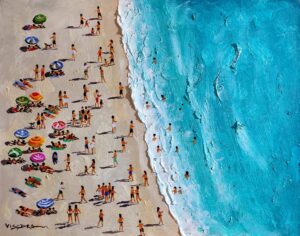In an age where design is increasingly expected to solve the dual dilemma of climate unpredictability and urban overexposure, the Hoja Rain Poncho by Fjällräven emerges not merely as a garment, but as a quiet manifesto of functional minimalism. It is a statement of readiness—against the elements, against disposable fast fashion, and for a slower, more deliberate pace of existence.
Crafted by one of Sweden’s most venerated outdoor labels, the Hoja Rain Poncho is a reimagination of weatherproof attire, built not for flash but for resilience. While many brands have taken to treating technical outerwear as high-fashion spectacle, Fjällräven continues its path of restraint: a Scandinavian ethic where the most meaningful design decisions are those you barely notice—until they save you from a deluge.
A RELIC OF RAIN IN MODERN FORM
The poncho as a silhouette has long existed in the periphery of mainstream fashion, often reduced to plastic festival throwaways or rustic folkloric costumes. Yet Fjällräven’s Hoja finds its place in the lineage of utility garments that quietly defy category. Its cut is voluminous without being baggy, structured yet adaptable. There’s a sculptural intention to its form when worn—the hood drawing closely around the face, the shoulders slightly peaked, and the body falling into an elegant A-line that feels more architectural than recreational.
Unlike traditional rain jackets or trench coats, the poncho doesn’t submit to body contours—it envelopes them. This anonymity in shape becomes a kind of armor, insulating the wearer not just from water, but from the noise of urban life. In this way, the Hoja Rain Poncho becomes something more symbolic: a portable shelter for the introspective traveler.
TEXTILE INTELLIGENCE: A LANGUAGE OF PROTECTION
The real genius of the Hoja Rain Poncho lies in its fabric—a lightweight, 2.5-layer Bergshell polyamide with a waterproof membrane and fully taped seams. Fjällräven didn’t opt for Gore-Tex here, choosing instead to work with its proprietary technologies that allow for greater control over breathability and durability. Bergshell is matte to the eye, soft to the touch, but fiercely resistant to wind and water. It breathes quietly, never crinkling like plastic, and dries with ease. It’s also made using recycled nylon and a fluorocarbon-free DWR treatment, an increasingly essential consideration in a world trying to decarbonize its wardrobes.
The fabric’s water column rating hovers around 10,000 mm—enough to withstand heavy downpours without becoming a personal greenhouse. Vents at the underarms and along the sides, secured with discreet zippers and snaps, provide airflow when the storm calms but the heat persists. Every detail—from the reinforced placket to the ergonomically placed hand openings—feels like a product of field testing, not trend forecasting.
DESIGN ETHOS: SIMPLICITY AS AN EXPRESSION OF HONESTY
At a glance, the Hoja is a plain garment. But this is deceptive. Fjällräven has long practiced a design philosophy that privileges endurance over innovation theater. The Hoja is generous enough to be worn over backpacks, large enough to shield both wearer and gear. The front zip is two-way, guarded by a storm flap that closes with minimal fuss. The hood is adjustable in three directions, ensuring visibility and security. There are no superfluous toggles, no reflective decals screaming for attention, no needless texture or contrast—just function rendered in pure, unflinching form.
Colorways follow Fjällräven’s earthy vocabulary: muted greens, stone greys, and the occasional ochre—a palette drawn from northern forests and fjords rather than Pantone’s seasonal bulletins. It’s a garment that refuses to age because it was never designed to be young. Instead, the Hoja is born mature—wise, quiet, and determined.
FUNCTIONAL FASHION IN THE AGE OF COLLAPSE
As the climate crisis escalates and cities become microclimates unto themselves, technical outerwear is no longer niche—it’s necessity. But where many contemporary rain jackets strive to merge into fashion systems through stylized cuts and synthetic gleam, the Hoja diverges. It doesn’t try to blend into the wardrobe as another interchangeable shell. It stands apart—practical, unassuming, and immune to the pressures of novelty.
For urban cyclists, field photographers, festival-goers, and off-grid hikers alike, the Hoja offers a modular response to weather. Its length covers most of the thigh, its drape resists clinging, and its packability (folds into its own chest pocket) means it becomes a travel companion rather than a burden. Unlike heavy-duty shells that demand a cold-weather justification, the Hoja finds its seasonality in springtime torrents, surprise showers, and transitional microseasons—when uncertainty itself is the only certainty.
FJÄLLRÄVEN’S LARGER PHILOSOPHY
The Hoja Rain Poncho is more than an isolated release—it belongs to Fjällräven’s larger canon of utilitarian thinking. Founded in 1960 by Åke Nordin, the brand has never strayed far from its original mission: to create outdoor gear that lasts, functions, and contributes to a greater respect for nature. From the classic Kånken backpack to its award-winning Greenland jackets, Fjällräven has built an identity not on seduction, but on stewardship.
The Hoja continues this tradition, built to survive years of wear across borders, weathers, and conditions. It is part of a sustainability model that does not just speak of recycled fabrics but of psychological endurance—garments you grow into rather than discard. A jacket like this teaches patience. It reveals its value not in the first month of wear, but after the fifth storm, when the seams still hold and the zip still slides and you find yourself reaching for it without thought.
Impression
In the 21st century, a rain poncho is no longer just a contingency plan—it is a political garment. It signals preparedness in a society of delay, discretion in a culture of overexposure, and humility in an age of inflated ego. The Hoja Rain Poncho by Fjällräven is not loud. It doesn’t court attention. But it will outlive trends, outlast storms, and quietly accompany you through landscapes both wild and urban.
It is, in many ways, a form of shelter—not only from the rain, but from the speed and noise of contemporary life. And in that shelter, one may find the rarest of modern luxuries: quietude.
No comments yet.


